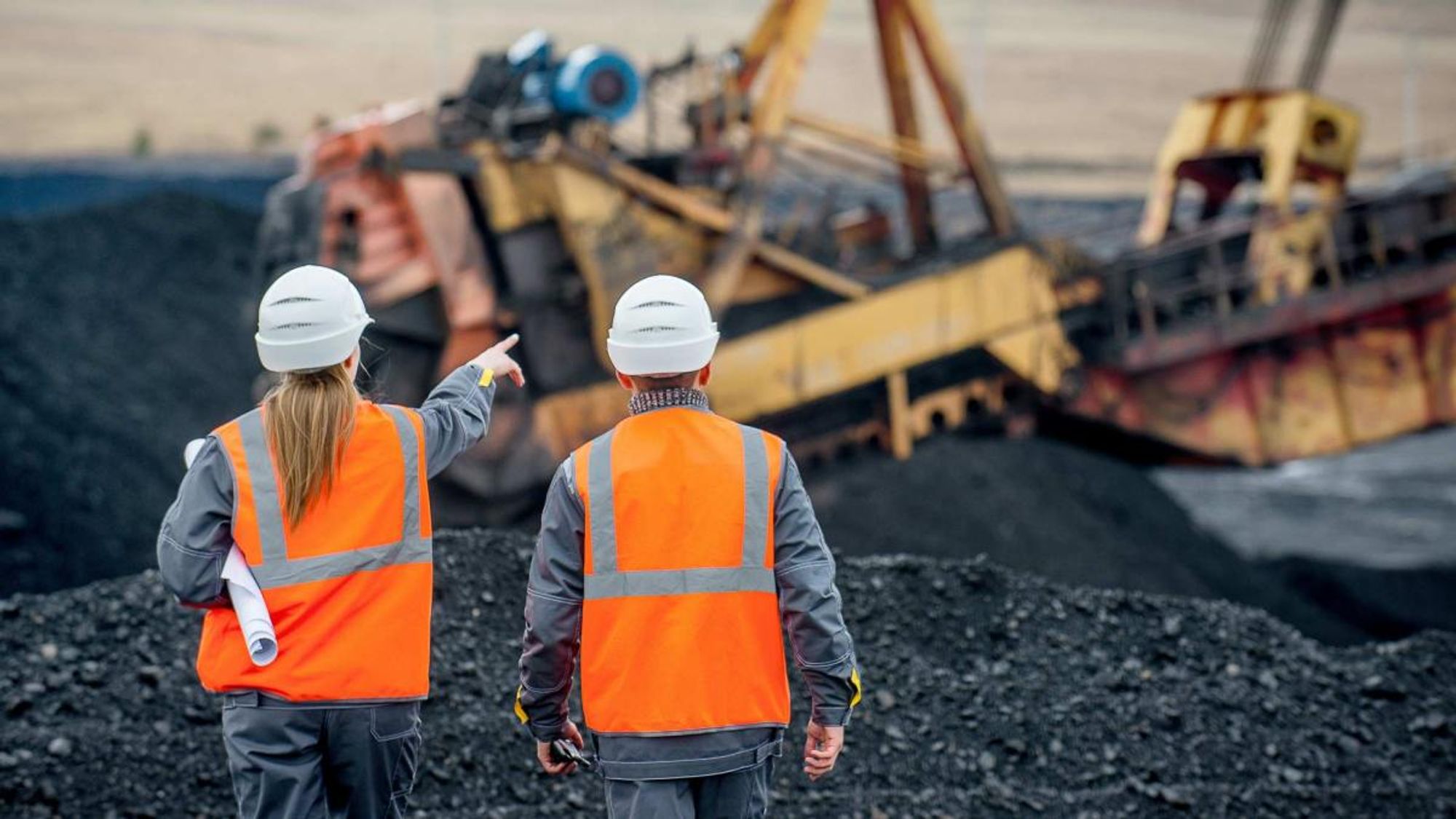
Example content for site specific hazard training.
Please consult your msha representative when creating your own site specific hazard training.
Visitors
All visitors are required to report to the office.
• Observe all posted rules and regulations, including speed limits, and carefully follow all verbal instructions given by plant management or other authorized personnel. • Immediately report any suspected hazards that you encounter. • Your access is limited to designated areas. • You are not permitted access or trained for other areas on this mine.
You are responsible to follow all MSHA regulations and our company rules
45.4 Independent contractor register
Each independent contractor shall provide the production –operator in writing the following information:
• The independent contractor’s trade name, business address and business telephone number; • A description of the nature of the work to be performed by the independent contractor and where at the mine the work is to be performed; • The independent contractor’s MSHA identification number, if any; and • The independent contractor’s address of record for service of citations, or other documents involving the independent contractor.
Each production-operator shall maintain in writing at the mine the information required by paragraph of this section for each independent contractor at the mine. The production-operator shall make this information available to any authorized representative of the Secretary (MSHA) upon request.
Federal Regulations
Visitors must be made aware of site-specific hazards and applicable safety procedures or rules annually.
All Contractors/Subcontractors performing services on mine properties are responsible for compliance with parts 45, 46, 47, 50, 56 and 62 of the code of Federal Regulations (CFR30) for Mineral Resources. Ask Management for more details
Hazards Procedures/Rules for Avoiding Injury – Contractors and Miners
Customer Trucks
Remain in your vehicle while in the loading area, even if a loader is not present. The only time you can be out of your vehicle is in the posted dump area, the tarping area, or at the office. At no time are you allowed to climb on top of your load without fall protection. If you must exit your truck, the parking brake must be set and if the vehicle is on a grade the wheels must be chock and/or the wheels turned into the berm.
Hazards Procedures/Rules for Avoiding Injury – Contractors and Miners
- In the event of an emergency proceed immediately to the office.
- Seat belt use is mandatory in all vehicles and equipment.
- Haul trucks, loaders, water trucks and other mine equipment always have the right of way. Be alert at blind corners. Obey the posted speed limit
- Be alert and remain clear of moving equipment. Make sure the operator knows you are there and can see you. Do not park behind mobile equipment.
- Obey posted traffic signs and the directions provided by the trainer.
- Hardhats, safety glasses, and safety shoes are mandatory on mine property.
- Everyone must remain in their designated work areas.
- Wear hearing protection in areas that are posted, where instructed, and when needed
- No smoking or open flames in areas where flammables are stored and used.
- Avoid areas where welding operations are being conducted. Do not look at the flash. Wear approved eye protection when needed.
- Be alert and remain clear of blasting area. Always follow the instructions and signage provided by mine personnel.
- Do not attempt to enter any area where unsafe ground conditions or high walls exist. Do not work on any equipment in any unsafe area.
- First aid supplies are located at various locations throughout our facility. In the event of an accident, our employees are trained in first aid and can be of assistance to you. In the event of a serious injury, contact plant personnel immediately to activate the 911 emergency system. Our emergency designated assembly area is located in front of the main office
What the Regulations Say
Site-specific hazard awareness training must be given before any person specified under this section is exposed to mine hazards [Section 46.11(a)].
This training must be given to any person who is not a miner as defined by Section 46.2 but is present at the mine site. Such persons may include, but are not limited to, office personnel, delivery workers, and customers [Section 46.11(b)]. This training must also be provided to miners, such as drillers or blasters, who move from one mine to another mine while remaining employed by the same production-operator or independent contractor [Section 46.11(c)]. Site-specific hazard awareness training is not required for any person who is accompanied at all times by an experienced miner who is familiar with hazards specific to the mine [Section 46.11(f)].
The production-operator has primary responsibility for ensuring that hazard awareness training is given to employees of independent contractors who are required to receive that training. The production-operator must provide information to each independent contractor who employs a person at the mine on site-specific mine hazards [Section 46.12(a)]. Also, the independent contractor must inform the production-operator of any hazards they may create while working at the mine [Section 46.12(b)(2)].
Each independent contractor who employs a miner (as defined in Section 46.2) at the mine has primary responsibility for providing new miner training, newly-hired experienced miner training, new task training, and annual refresher training. Independent contractors will inform the production-operator of any hazards contractors may create by the performance of their work at the mine [Section 46.12(b)].
